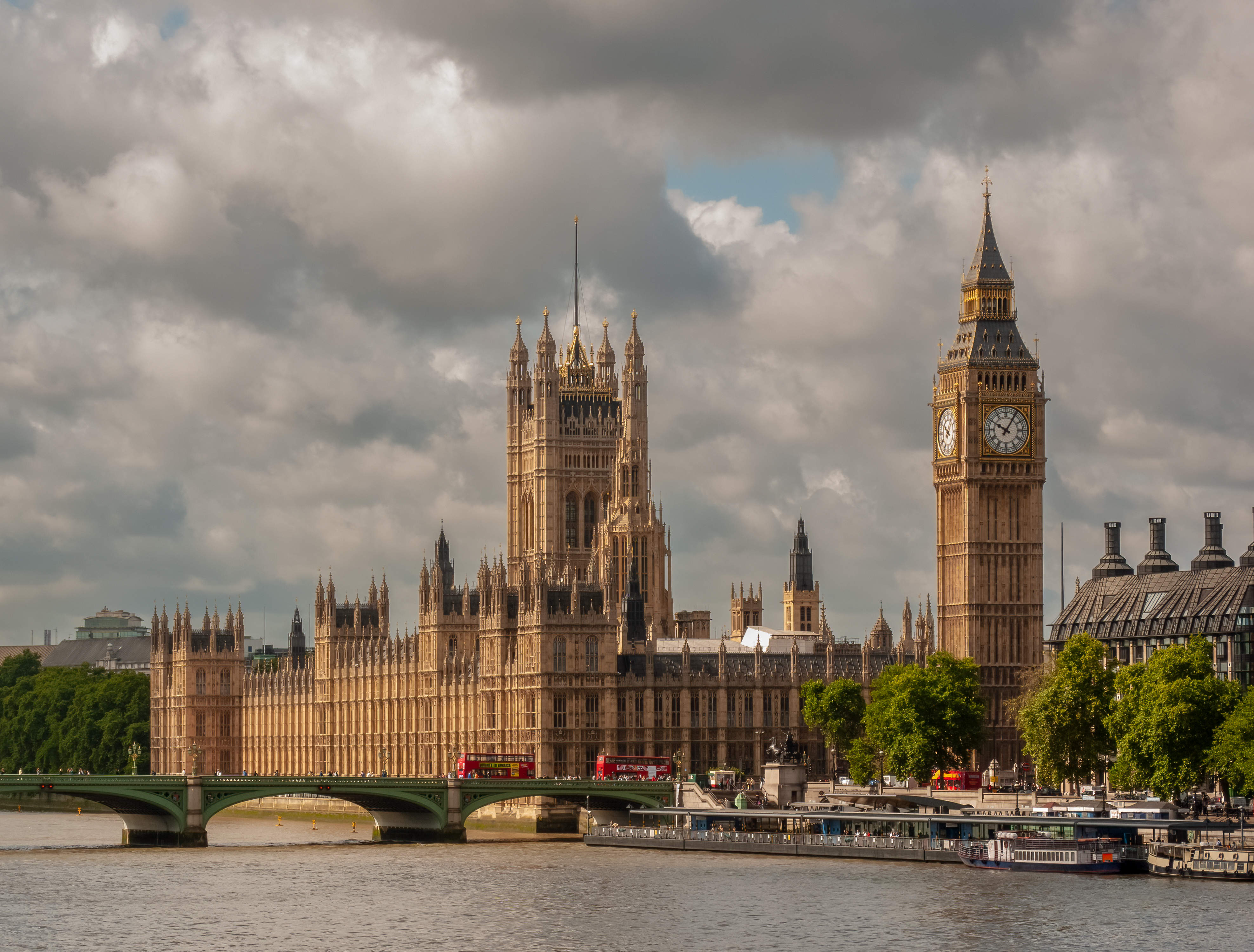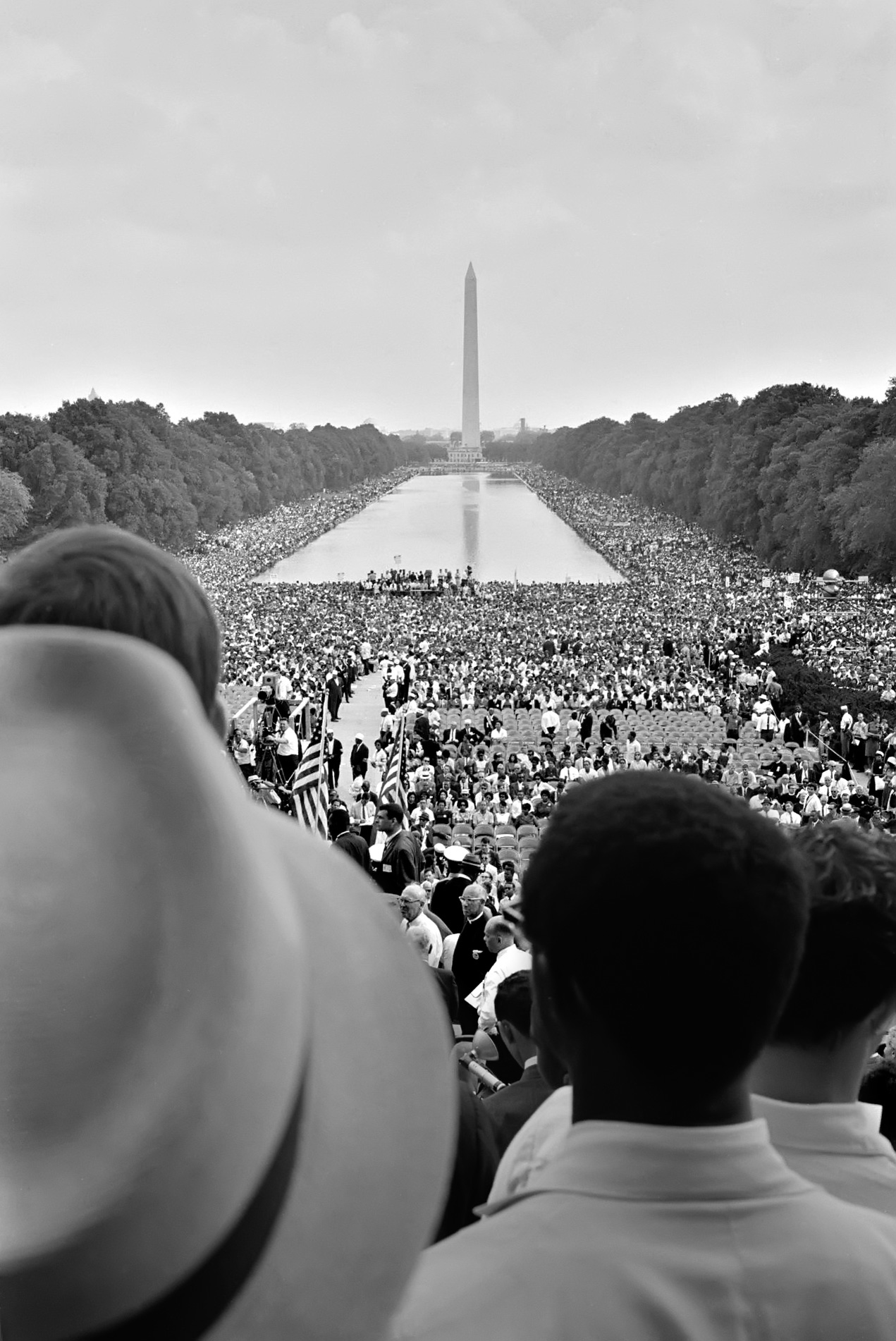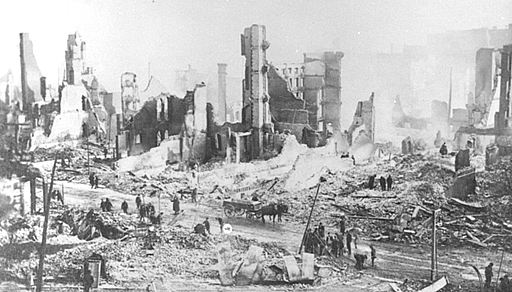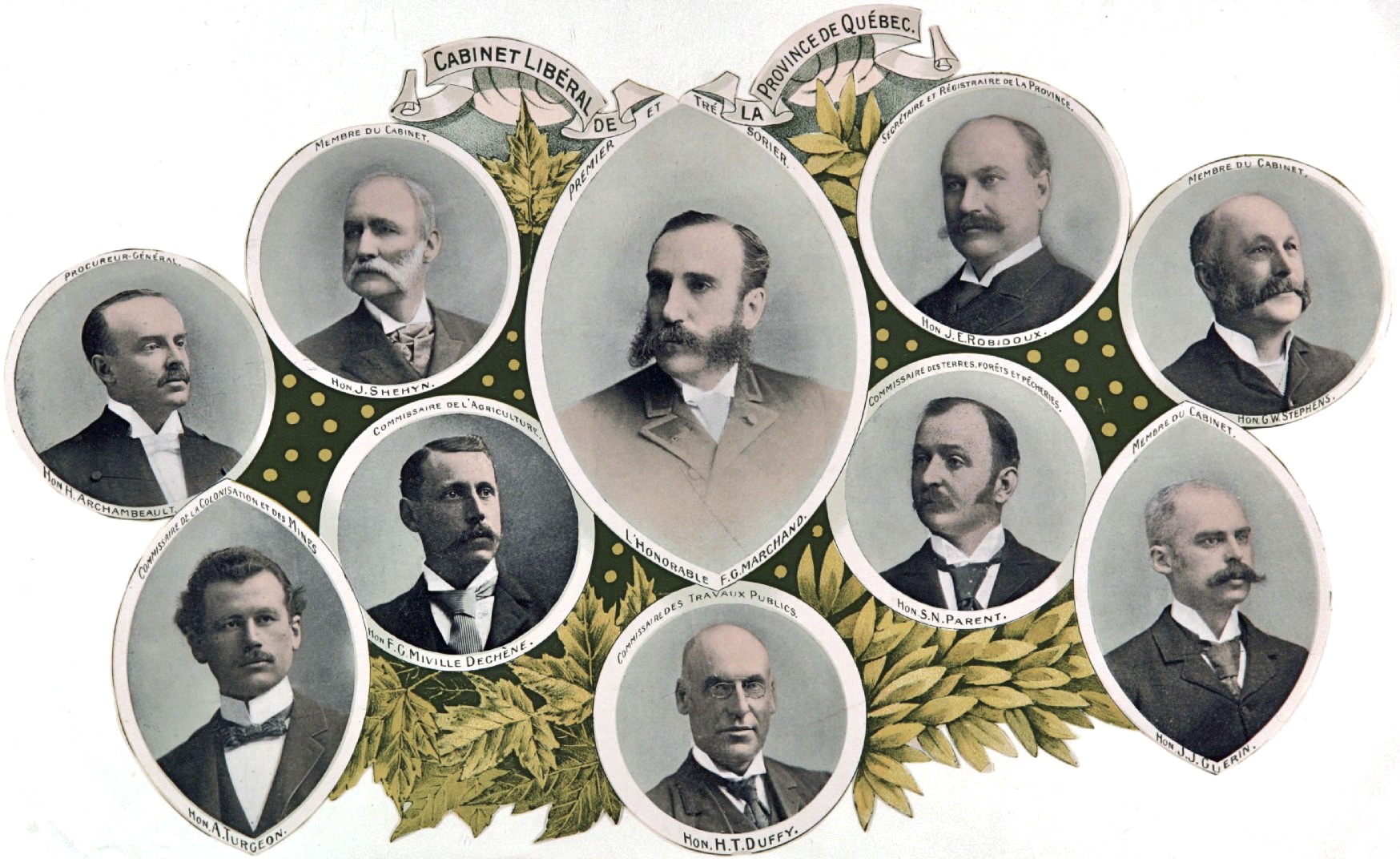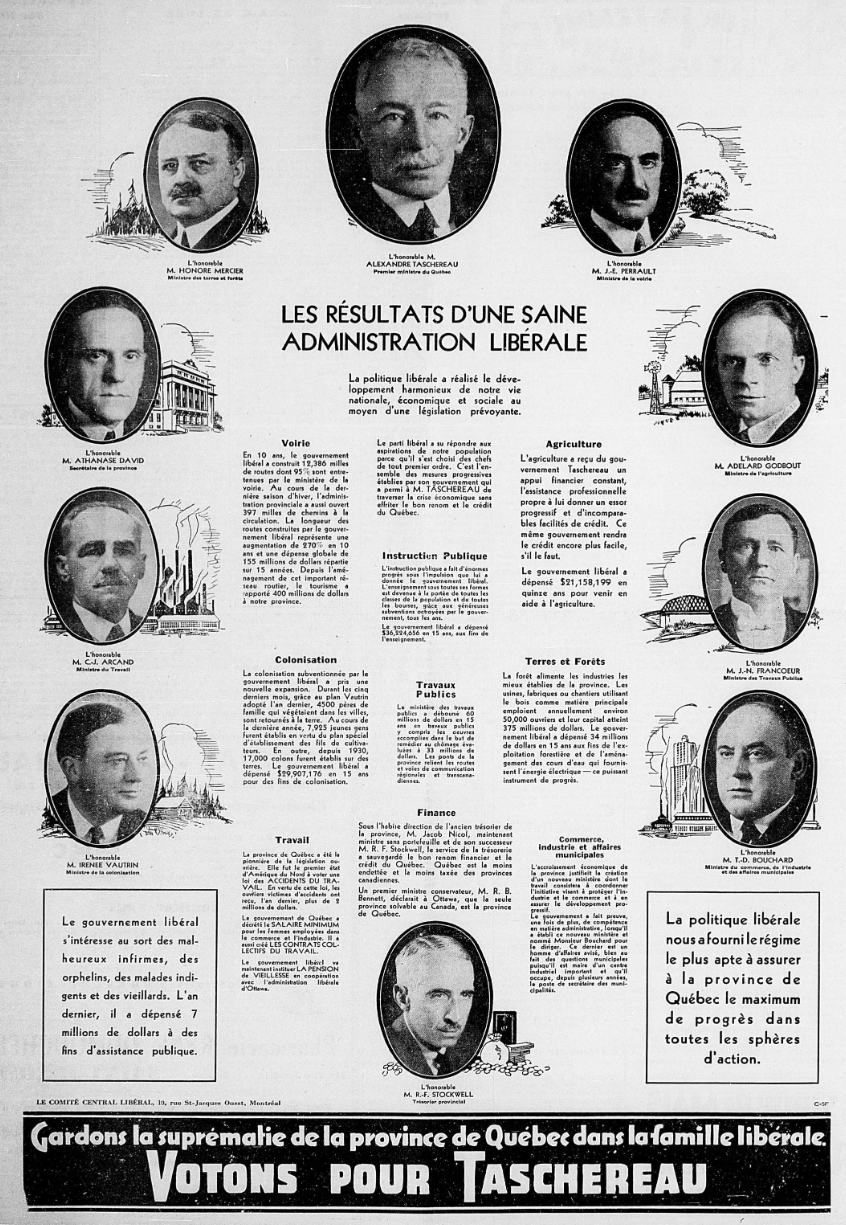|
√Čmile Lesage
√Čmile Lesage (February 8, 1904 – July 27, 1963) was a Canadian politician from Quebec. Background He was born on February 8, 1904, in Louiseville, Mauricie and was a business person. Member of the legislature Lesage ran as a Conservative Party of Quebec (historical), Conservative candidate in the 1935 Quebec general election, 1935 election for the district of Abitibi (provincial electoral district), Abitibi, but was defeated by Liberal Party of Quebec, Liberal incumbent Hector Authier. He was elected as a Union Nationale (Quebec), Union Nationale candidate in the 1936 Quebec general election, 1936 election. He lost his bid for re-election in the 1939 Quebec general election, 1939 election. Legislative Councillor He was appointed to the Legislative Council of Quebec in 1956 and represented the division of Montarville until his death. Mayor Lesage served as Mayor of Macamic, Quebec, from 1958 to 1961. Death He died on July 27, 1963. Footnotes 1904 births 1963 de ... [...More Info...] [...Related Items...] OR: [Wikipedia] [Google] [Baidu] |
Legislative Assembly Of Quebec
A legislature (, ) is a deliberative assembly with the authority, legal authority to make laws for a Polity, political entity such as a Sovereign state, country, nation or city on behalf of the people therein. They are often contrasted with the Executive (government), executive and Judiciary, judicial powers of government. Legislatures can exist at different levels of government‚Äďnational, state/provincial/regional, local, even supranational (such as the European Parliament). Countries differ as to what extent they grant deliberative assemblies at the subnational law-making power, as opposed to purely administrative responsibilities. Laws enacted by legislatures are usually known as Primary and secondary legislation, primary legislation. In addition, legislatures may observe and steer governing actions, with authority to amend the budget involved. The members of a legislature are called legislators. In a democracy, legislators are most commonly popularly Election, elected, al ... [...More Info...] [...Related Items...] OR: [Wikipedia] [Google] [Baidu] |
Conservative Party Of Quebec (historical)
The Conservative Party of Quebec () was a political party in Quebec, Canada, from 1867 until 1936, when it merged with members of the Action lib√©rale nationale to form the . Origins The party originated as the which was formed around 1850. The ''parti bleu'' opposed the anti-clericalism of its rival, the ''parti rouge''. The ''parti bleu'' supported the role of the clergy in Quebec society. Members of the ''parti bleu'', led by George-√Čtienne Cartier from Canada East, joined with the followers of Sir John A. Macdonald in Canada West to form a coalition government with Cartier as co-premier from 1857 to 1862. It was out of this coalition that the Conservative Party was formed (then known as the ''Liberal-Conservative Party''), laying the basis for Confederation in 1867. Post-Confederation With Confederation and Quebec's entry as a province, what had been the ''parti bleu'' became the Quebec wing of Macdonald's Conservative Party. It formed the government in the province, with ... [...More Info...] [...Related Items...] OR: [Wikipedia] [Google] [Baidu] |
Union Nationale (Quebec) MLCs
Union Nationale (English: National Union) may refer to several political parties: *Union Nationale (Quebec), Canada *Rwandese National Union, ''Union nationale rwandaise'' in French *National Union (Chad), ''Union nationale'' in French *Chadian National Union, ''Union nationale tchadienne'', known as UNT *National Union (Switzerland), ''Union nationale'' in French See also *National Union (other), the English equivalent to this term {{disambiguation, political de:Union nationale fr:Union nationale ... [...More Info...] [...Related Items...] OR: [Wikipedia] [Google] [Baidu] |
1963 Deaths
Events January * January 1 – Bogle‚ÄďChandler case: Commonwealth Scientific and Industrial Research Organisation scientist Dr. Gilbert Bogle and Mrs. Margaret Chandler are found dead (presumed poisoned), in bushland near the Lane Cove River, Sydney, Australia. * January 2 – Vietnam War – Battle of Ap Bac: The Viet Cong win their first major victory. * January 9 – A January 1963 lunar eclipse, total penumbral lunar eclipse is visible in the Americas, Europe, Africa and Asia, and is the 56th lunar eclipse of Lunar Saros 114. Gamma has a value of ‚ąí1.01282. It occurs on the night between Wednesday, January 9 and Thursday, January 10, 1963. * January 13 – 1963 Togolese coup d'√©tat: A military coup in Togo results in the installation of coup leader Emmanuel Bodjoll√© as president. * January 17 – A last quarter moon occurs between the January 1963 lunar eclipse, penumbral lunar eclipse and the Solar eclipse of January 25, 1963, annular solar ... [...More Info...] [...Related Items...] OR: [Wikipedia] [Google] [Baidu] |
1904 Births
Events January * January 7 ‚Äď The distress signal ''CQD'' is established, only to be replaced 2 years later by ''SOS''. * January 8 ‚Äď The Blackstone Library is dedicated, marking the beginning of the Chicago Public Library system. * January 12 ‚Äď The Herero Wars in German South West Africa begin. * January 17 ‚Äď Anton Chekhov's last play, ''The Cherry Orchard'' (¬ę–í–ł—ą–Ĺ√ę–≤—č–Ļ —Ā–į–ī¬Ľ, ''Vishnevyi sad''), opens at the Moscow Art Theatre directed by Constantin Stanislavski, 6 month's before the author's death. * January 23 ‚Äď The √Ölesund fire destroys most buildings in the town of √Ölesund, Norway, leaving about 10,000 people without shelter. * January 25 ‚Äď Halford Mackinder presents a paper on "The Geographical Pivot of History" to the Royal Geographical Society of London in which he formulates the Heartland Theory, originating the study of geopolitics. February * February 7 ‚Äď The Great Baltimore Fire in Baltimore, Maryland, destroys over 1,500 build ... [...More Info...] [...Related Items...] OR: [Wikipedia] [Google] [Baidu] |
Macamic, Quebec
Macamic () is a ''ville'' in northwestern Quebec, Canada, in the Abitibi-Ouest Regional County Municipality. It covers 202 km² and had a population of 2,744 in the 2021 Canadian census. It is located on the shores of the namesake Lake Macamic. In addition to Macamic itself, the town's territory also includes the community of Colombourg. History Colonization began at the time when the National Transcontinental Railway running through the Abitibi region was completed. The first pioneers, arriving circa 1913, were originally from Saint-Ignace-du-Lac, Pierreville, Stanfold, Nicolet, and Shawinigan. They settled south of Lake Macamic and the new settlement took the lake's name, often written also as Makamik. In the Algonquin language, the name ''Makamik'' means "limping beaver", from ''makis'' (crippled or disabled) and ''amik'' (beaver). In 1914, Makamik had 100 residents. In 1915, the year the post office opened, it had grown to 300, and the following year, when the ... [...More Info...] [...Related Items...] OR: [Wikipedia] [Google] [Baidu] |
1939 Quebec General Election
The 1939 Quebec general election was held on October 25, 1939, to elect members of the Legislative Assembly of the Province of Quebec, Canada. The Quebec Liberal Party, led by former premier Adélard Godbout, defeated the incumbent Union Nationale, led by Maurice Duplessis. This was Godbout's second non-consecutive term of office and his only victory out of four consecutive general elections opposing Duplessis. The Action libérale nationale, which had won 25 seats in the 1935 election and then merged with the Quebec Conservative Party, was re-formed by Paul Gouin, who had split with Duplessis soon after the formation of the Union Nationale. However the ALN obtained only 4.5% of the vote and no seats. It soon disbanded. Also, a rump Conservative Party ran three candidates who won 0.2% of the vote and no seats. This party also disbanded. Redistribution of ridings An Act passed before the election''An Act respecting the electoral districts of the Province'', S.Q. 1939, c. ... [...More Info...] [...Related Items...] OR: [Wikipedia] [Google] [Baidu] |
1936 Quebec General Election
The 1936 Quebec general election was held on August 17, 1936, to elect members of the Legislative Assembly of the Province of Quebec, Canada. The '' Union Nationale'', led by Maurice Duplessis, defeated the incumbent Quebec Liberal Party, led by Adélard Godbout. This marked the end of slightly more than 39 consecutive years in power for the Liberals, who had governed Quebec since the 1897 election. This 1936 election had been called less than one year after the 1935 election after Liberal premier Louis-Alexandre Taschereau resigned because of a scandal. He was replaced by Godbout as Liberal leader and premier. This was Duplessis's first term in office. After losing the subsequent 1939 election, he later won four more general elections in a row, and became the dominant politician of his time. It was also the ''Union Nationales first election, having been formed from a merger between the ''Action libérale nationale'' and the Quebec Conservative Party. Campaign Result ... [...More Info...] [...Related Items...] OR: [Wikipedia] [Google] [Baidu] |
Liberal Party Of Quebec
The Quebec Liberal Party (QLP; , PLQ) is a provincial political party in Quebec. It has been independent of the federal Liberal Party of Canada since 1955. The QLP has traditionally supported a form of Quebec federalist ideology with nuanced Canadian nationalist tones that supports Quebec remaining within the Canadian federation, while also supporting reforms that would allow substantial autonomism in Quebec. In the context of federal Canadian politics,Haddow and Klassen 2006 ''Partisanship, Globalization, and Canadian Labour Market Policy''. University of Toronto Press. it is a more centrist party when compared to Conservative and Liberal parties in other provinces, such as the former British Columbia Liberal Party. History Pre-confederation The Liberal Party is descended from the Parti canadien (or Parti Patriote), who supported the 1837 Lower Canada Rebellion, and the Parti rouge, who fought for responsible government and against the authority of the Roman Cathol ... [...More Info...] [...Related Items...] OR: [Wikipedia] [Google] [Baidu] |
1935 Quebec General Election
The 1935 Quebec general election was held on November 25, 1935, to elect members of the National Assembly of Quebec, Legislative Assembly of the province of Quebec, Canada. The incumbent Quebec Liberal Party led by Louis-Alexandre Taschereau was re-elected, defeating the ''Action libérale nationale'', led by Paul Gouin, and the Conservative Party of Quebec (historical), Quebec Conservative Party, led by Maurice Duplessis. It was the fourth and final general election victory in a row for Taschereau, who had held office since 1920. He resigned less than seven months later due to a scandal. The ''Action libérale nationale'' (ALN) was a newly formed party led by the son of former Liberal premier Lomer Gouin. It was established by former Liberals who had become dissatisfied with the party. The ALN and Conservatives formed an alliance, the ''Union Nationale (Quebec), Union Nationale'', to contest this election. They merged after the election to become a single party, which soon bec ... [...More Info...] [...Related Items...] OR: [Wikipedia] [Google] [Baidu] |
Mauricie
Mauricie () is a traditional and current administrative region of Quebec. La Mauricie National Park is contained within the region, making tourism in Mauricie popular. The region has a land area of 35,860.05 km2 (13,845.64 sq mi) and a population of 266,112 residents as of the 2016 Census. Its largest cities are Trois-Rivi√®res and Shawinigan. The word ''Mauricie'' was coined by local priest and historian Albert Tessier and is based on the Saint-Maurice river which runs through the region on a North-South axis. Mauricie administrative region was created on August 20, 1997 from the split of Mauricie‚ÄďBois-Francs administrative region into Mauricie and Centre-du-Qu√©bec. However, the concept of Mauricie as a traditional region long predates this. Administrative divisions Regional county municipalities * Les Chenaux Regional County Municipality * Maskinong√© Regional County Municipality * M√©kinac Regional County Municipality Equivalent territories * Agglomeratio ... [...More Info...] [...Related Items...] OR: [Wikipedia] [Google] [Baidu] |
